History of exploration in the UK
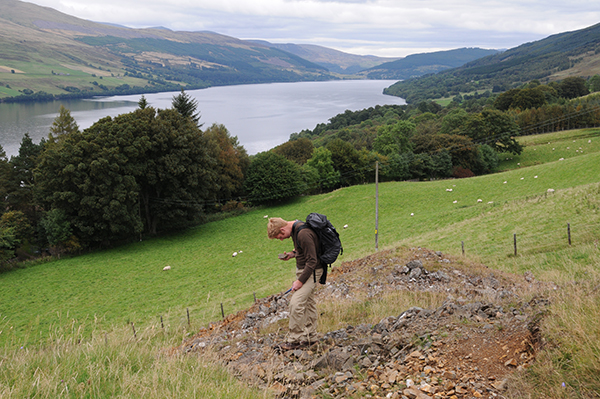
There was considerable exploration for metalliferous minerals in Britain from the 1950s to the late 1990s. These investigations were undertaken by a wide range of commercial companies and by BGS acting on behalf of the UK Government.
Starting in the 1950s, the Atomic Energy Division of the United Kingdom Atomic Energy Authority conducted exploration for uranium in Britain. The work included acquisition of airborne geophysical data over south-west England and detailed ground investigations at many localities, mainly in Scotland and south-west England, as is described in the Exploration Guide.
Subsequently, a wider range of mineral commodities was targeted and the UK Government's Department of Trade and Industry (DTI) funded BGS to provide baseline information on areas prospective for the occurrence of metallic minerals in Great Britain. This programme, known as the Mineral Reconnaissance Programme (MRP), ran continuously from 1973 to 1997. It was designed to stimulate private sector exploration and encourage the development of Britain's indigenous mineral resources.
The emphasis during the MRP varied in response to market conditions and strategic interests. Work on 'strategic' metals, such as platinum, palladium, chromium, cobalt and nickel, dominated the 1980s. From the late 1980s, the principal focus of the programme was gold. Numerous studies examined gold mineralisation in porphyry, epithermal, orogenic and unconformity-related settings. Towards the end of the programme, a small number of projects concerned with gemstones and industrial minerals were also completed.
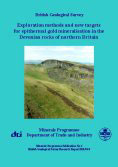
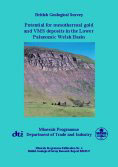
The results of the MRP were published in the Mineral Reconnaissance Programme Report Series and in associated data packages and open-file reports.
From 1998 to 2004, BGS undertook minerals-related activities on behalf of DTI. Prospectivity or mineral-potential mapping of permissive terrains was carried out for a range of deposit types and mineral commodities. Best-practice manuals and leaflets were produced, some of which are available through the BGS online shop.
Research up to the mid-2000s focused on:
- potential for stratiform massive sulphide mineralisation in south-west England
- strata-bound lead-zinc-barite-fluorite mineralisation in the North Pennine orefield
- platinum group elements in Ordovician magmatic nickel-copper-sulphide prospects in north-;east Scotland
- gold mineralisation in the central Ochil Hills
- platinum group elements in the late Caledonian Loch Borralan and Loch Ailsh alkaline pyroxenite-syenite complexes, north-west Scotland
- Permo-Triassic unconformity-related gold-palladium mineralisation in south Devon
- intrusion-related vein mineralisation in the English Lake District
- vein mineralisation associated with caldera volcanism in North Wales
- gold potential of the Dalradian rocks of north-west Northern Ireland
Historic commercial exploration
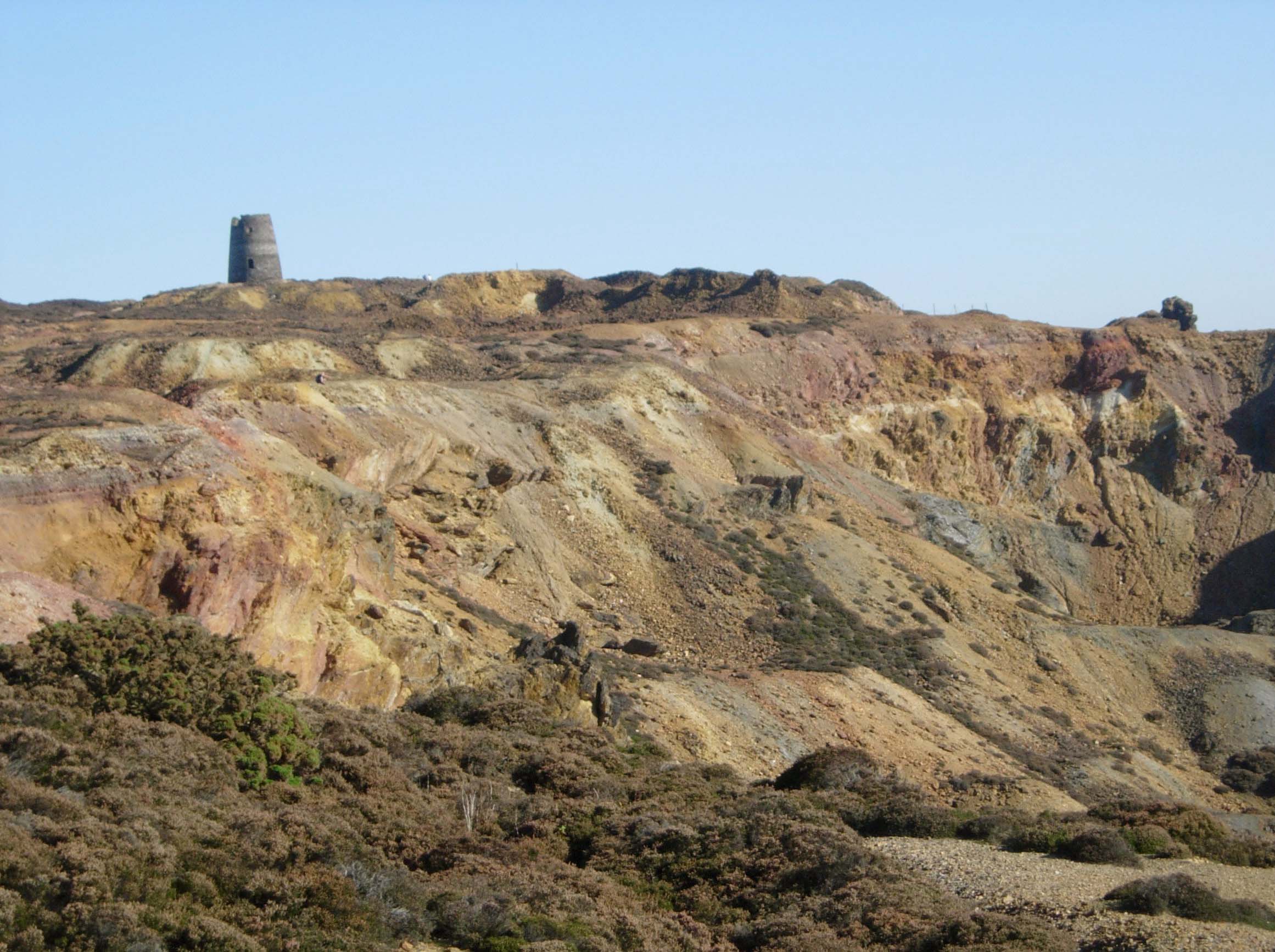
In the 1960s and early 1970s, various major companies carried out extensive exploration programmes for base metals mainly in south-west England and north-east Scotland. As a result, the Wheal Jane, Mount Wellington and Pendarves tin mines were brought into production in the early 1970s. Other significant discoveries from this period include copper-nickel mineralisation associated with Caledonian basic intrusions in north-east Scotland and the Coed-y-Brenin porphyry copper deposit in Wales.
A further stimulus for exploration was provided by the Mineral Exploration and Investment Grants Act 1972 (MEIGA), under which the DTI gave grants for mineral exploration for non-ferrous metals, fluorspar, barium minerals and potash. The results of more than 150 projects carried out under this scheme between 1971 and 1984 are available on open file at BGS. Significant new discoveries and developments funded by this programme include the Gairloch copper-zinc-gold deposit in north-west Scotland, the Parys Mountain copper-lead-zinc in Ynys Môn (Anglesey), North Wales and the Hemerdon tungsten-tin deposit in south-west England. A summary of the investigations carried out is available and the locations of the survey areas can be viewed on the BGS GeoIndex.
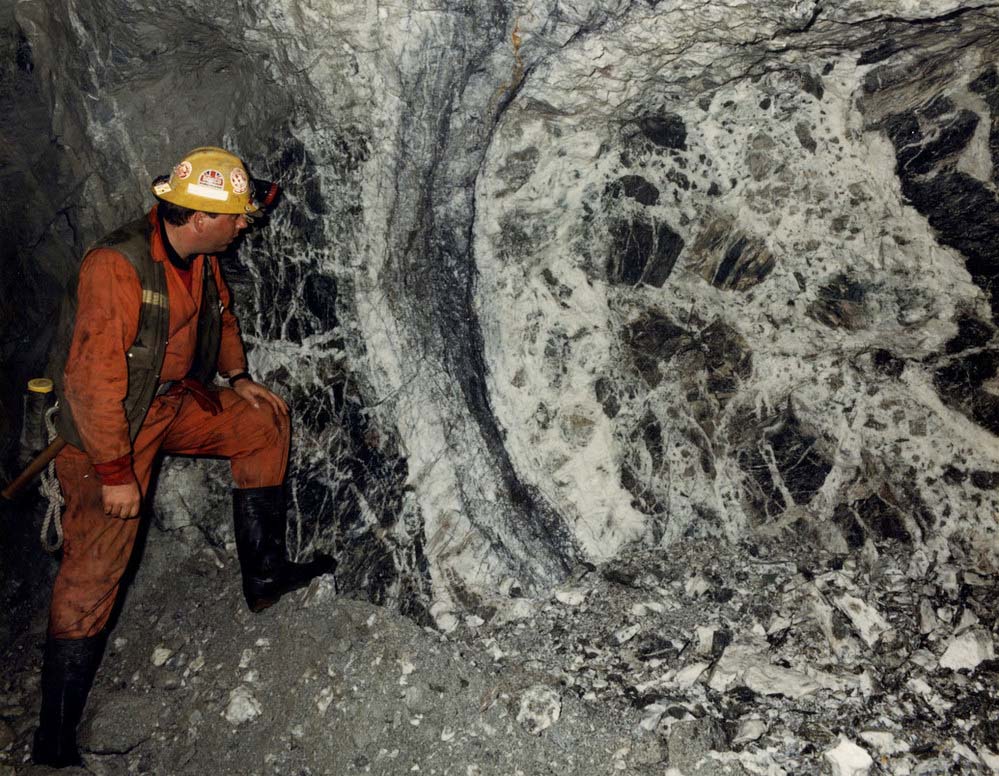
Since the mid-1980s, most commercial exploration focused on gold, with several junior companies exploring in the Scottish Highlands. During this period, orogenic vein-style deposits were discovered in Dalradian rocks at Cononish, near Tyndrum, and at Calliachar/Urlar Burn, near Aberfeldy (gold commodity brochure). Similar important deposits were also discovered in the Dalradian belt of Northern Ireland at Curraghinalt and Cavanacaw.



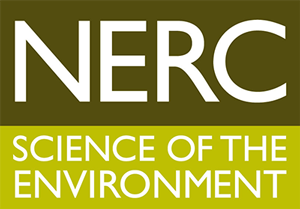
Follow us

